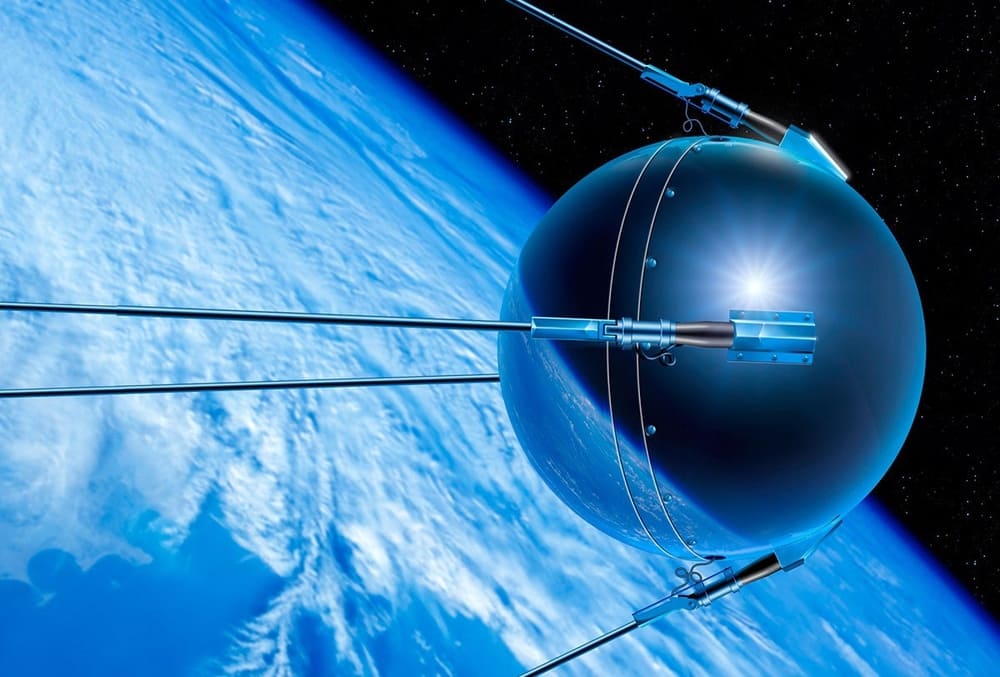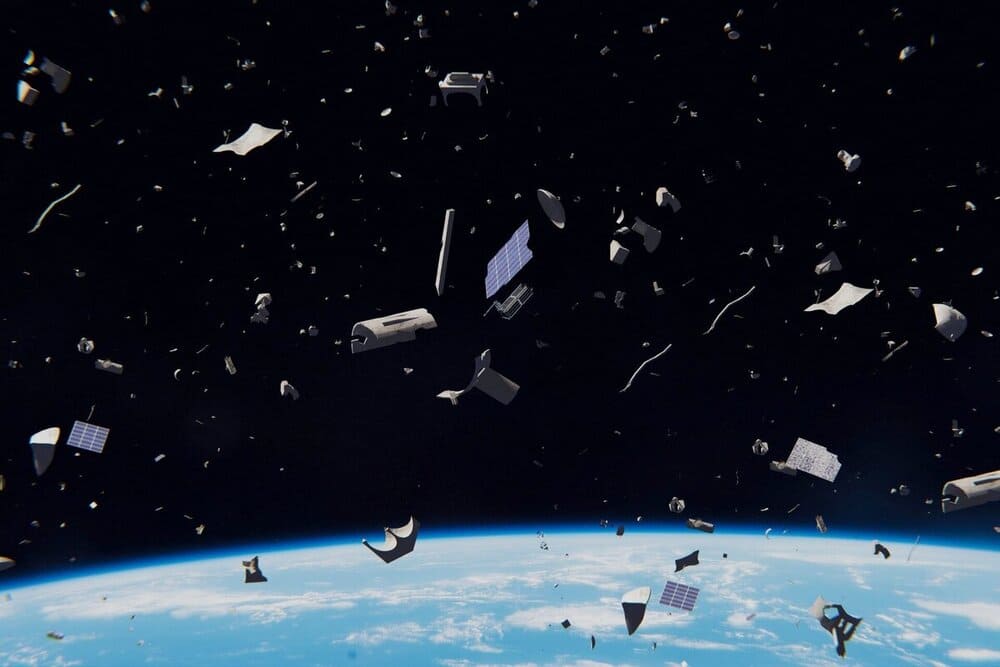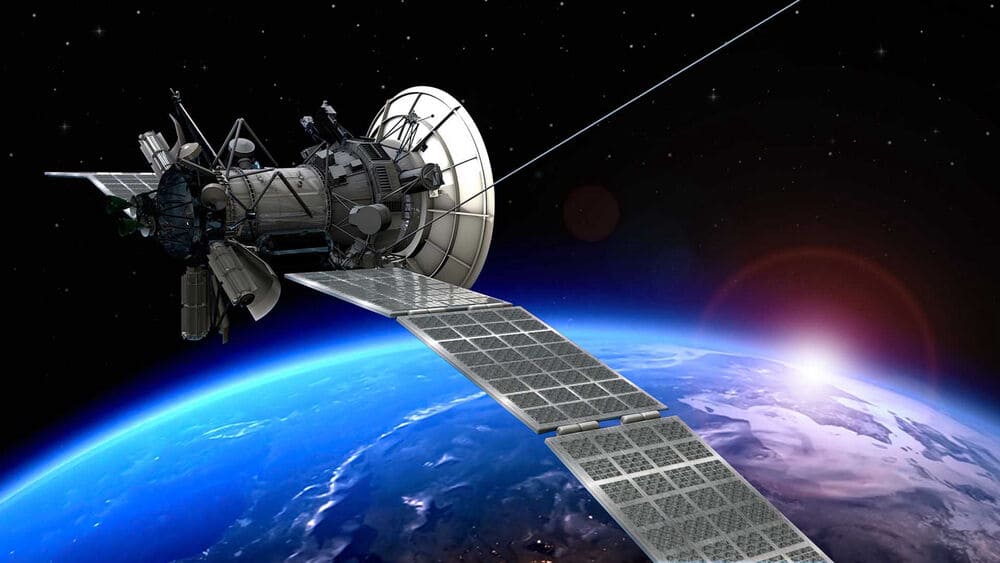Artificial satellites are human-made objects placed into orbit around Earth or other celestial bodies for various purposes. They play crucial roles in communication, navigation, weather forecasting, scientific research, and military operations. This guide provides an in-depth look at artificial satellites, covering their history, types, functions, and the technology behind them.
History of artificial satellites
Early developments
The concept of artificial satellites was first proposed by Sir Isaac Newton in the 17th century. However, it wasn’t until the 20th century that the technology to create and launch satellites was developed.
Sputnik 1

The Soviet Union launched the first artificial satellite, Sputnik 1, on October 4, 1957. This marked the beginning of the space age and triggered the space race between the Soviet Union and the United States.
Early U.S. satellites
The United States followed with the launch of Explorer 1 on January 31, 1958. This satellite discovered the Van Allen radiation belts, contributing significantly to our understanding of space.
Types of artificial satellites
Communication satellites
These satellites facilitate telecommunication by relaying signals across long distances. They are used for television broadcasts, internet services, and telephone communications. Examples include Intelsat and Inmarsat.
Weather satellites
Weather satellites monitor Earth’s weather and climate. They provide data for weather forecasting and help track severe weather events like hurricanes. Examples include NOAA’s GOES series and the European Space Agency’s Meteosat.
Navigation satellites
Navigation satellites provide global positioning system (GPS) services, enabling precise location tracking for various applications, from personal navigation to military operations. Examples include the U.S. GPS, Russia’s GLONASS, and the European Union’s Galileo.

Earth observation satellites
These satellites collect data about Earth’s surface and atmosphere, aiding in environmental monitoring, resource management, and disaster response. Examples include NASA’s Landsat and the European Space Agency’s Sentinel series.
Scientific satellites
Scientific satellites are designed for space research, studying phenomena such as cosmic rays, black holes, and the solar system. Examples include the Hubble Space Telescope and the Chandra X-ray Observatory.
Military satellites
Military satellites perform various defense-related tasks, including reconnaissance, surveillance, and communication for armed forces. Examples include the Defense Support Program (DSP) satellites and the Lacrosse radar imaging satellites.
Satellite orbits
Low Earth orbit (LEO)
Satellites in LEO orbit at altitudes between 160 to 2,000 kilometers. They are used for imaging, reconnaissance, and scientific missions. Examples include the International Space Station (ISS) and many Earth observation satellites.
Medium Earth orbit (MEO)
MEO satellites orbit at altitudes between 2,000 to 35,786 kilometers. They are commonly used for navigation systems like GPS, GLONASS, and Galileo.
Geostationary orbit (GEO)
Satellites in GEO orbit at an altitude of approximately 35,786 kilometers. They appear stationary relative to Earth, making them ideal for communication and weather observation. Examples include many communication and weather satellites.
Highly elliptical orbit (HEO)
HEO satellites follow elliptical orbits, spending most of their time at high altitudes. These orbits are useful for specific communication and reconnaissance missions, especially at high latitudes.
Satellite components and technology
Power systems
Satellites typically use solar panels to generate electricity from sunlight, supported by rechargeable batteries for periods when the satellite is in Earth’s shadow.
Communication systems
Satellites are equipped with antennas and transponders to receive and transmit signals. The frequency bands used include L-band, S-band, C-band, X-band, Ku-band, and Ka-band.
Propulsion systems
Satellites use propulsion systems for orbit insertion, station-keeping, and maneuvering. Chemical propulsion systems are common, but electric propulsion systems are increasingly used due to their higher efficiency.
Attitude control systems
These systems maintain the satellite’s orientation in space, using reaction wheels, control moment gyroscopes, and thrusters to adjust the satellite’s attitude.
Payloads
The payload is the primary functional component of a satellite, such as cameras for imaging, instruments for scientific measurements, or transponders for communication.
Challenges and future trends
Space debris

The increasing number of satellites has led to a rise in space debris, posing risks of collisions. Efforts are underway to develop debris mitigation strategies, such as active debris removal and improved tracking systems.
Miniaturization
Advancements in technology have enabled the development of smaller satellites, such as CubeSats and nanosatellites, which are cheaper and faster to deploy.
Mega constellations
Companies like SpaceX and OneWeb are deploying large constellations of small satellites to provide global internet coverage, raising both opportunities and challenges for space traffic management.
Deep space missions
Future trends include the development of satellites for deep space missions, exploring asteroids, comets, and other planets, enhancing our understanding of the solar system and beyond.
Artificial satellites have become an integral part of modern life, driving advancements in communication, navigation, weather forecasting, and scientific research. As technology evolves, satellites will continue to play a crucial role in addressing global challenges and expanding our knowledge of the universe.


